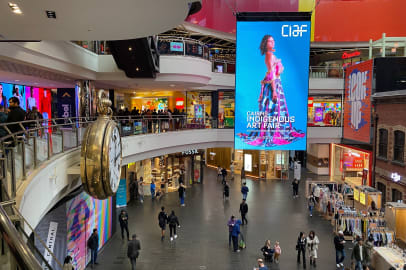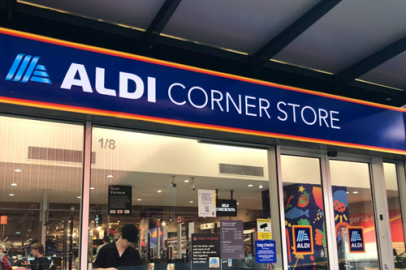One such example of this is a project we are actively working on to quantify the long-term future spend potential of key global cities. To ensure direct comparisons of cities can be applied, we set ourselves a clear aim to undertake a consistent approach to the analysis across country borders, but what did this mean in reality?
Breaking down the tasks, we first defined the quick wins, the non-negotiables if you like, the factors we knew we could apply in a consistent manner, this included the sectors we wanted to analyse, the time-period of the analysis, and the global currency and exchange rates to be applied.
This was followed by some of the more challenging decisions, such as how do we define the city extent? Take New York for example, working through our suite of US geodata we could define the city as the 5 boroughs, New York state, the Metropolitan area or even just Manhattan? Depending on who you ask all technically ‘right’ answers, but each would give contrasting views, and how could this approach then be applied with Tokyo or Paris for example. Delving through the internet for inspiration not surprisingly led to even more confusion with a multitude of different population forecasts for the city. In the end we decided to utilise city metropolitan areas given they were large enough to include the full extent of each cities urban sprawl and could be applied in a logical fashion to any city in the world.
Finally, the key conundrum, how do we account for local factors? No analysis of Dubai for instance would be complete without accounting for tourists, but this is much less important in other cities. How do we also account for data that is widely available in some cities but not others? And what about cities where retail spend has already recovered from the impact of COVID-19, is it fair to compare these directly with cities that are still experiencing a significant impact on retail spend?
Defining the rules of engagement for these factors was indeed harder, local factors no doubt had to be accounted for, and why wouldn’t we use the most up to date data sources available in some cities if we could. For data, our approach was to break this down into priority tiers, with global data sources such as the United Nations, IMF and Google’s Mobility data prioritised, followed by regional and then country level data sources. To account for the potential on-going impact of the COVID-19 pandemic, we applied a range of best and worst case scenario strategies, defined using a further set of consistent rules which ensured cities which were currently severely impacted by COVID-19 restrictions weren’t penalised in comparison to those coming out of restrictions.
Ultimately, through breaking down our understanding of the term consistency, and by using scenario-based strategies we have been able to define and apply a robust and transparent framework to directly compare locations across borders.
Matt Martin, Associate at GEOLYTIX
Photo by Andrew Stutesman on Unsplash



